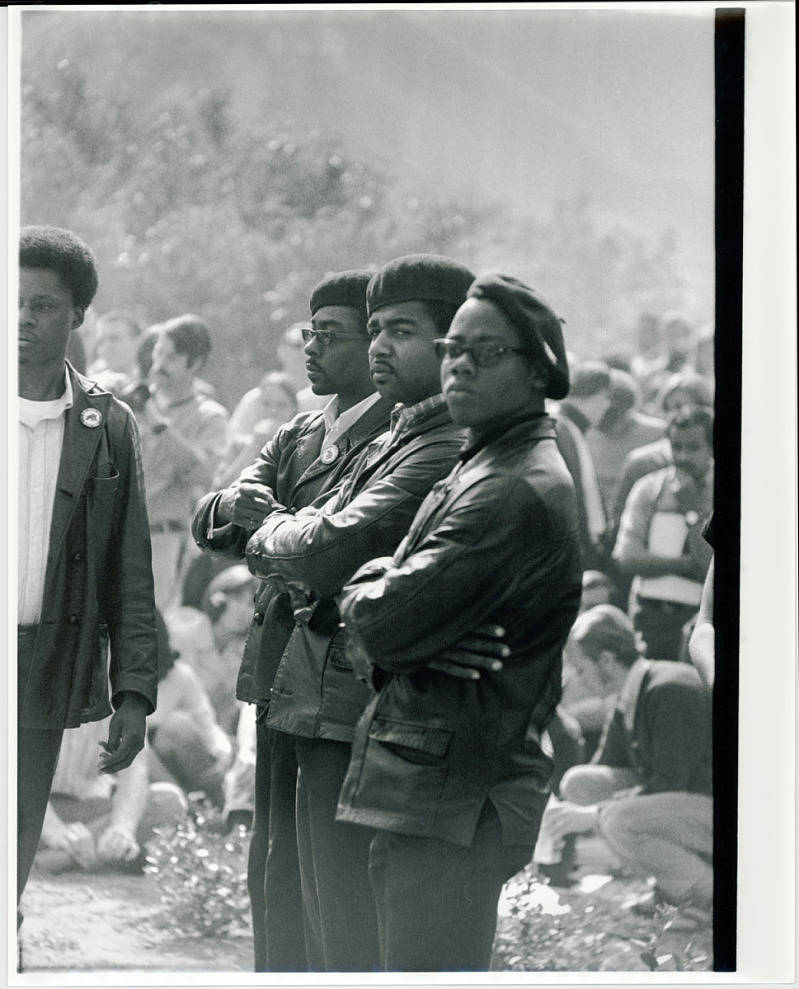
Week 3 of 4 of our Black History Month reading & listening guide.
Week 3: This Beret Means Revolution
Inspired by berets worn by French Resistance Fighters during World War II, the Black Panther Party adopted them to represent the resistance against police brutality and white supremacy. This week we will unpack the their militant, monochromatic look that allowed them to present as a united force.
We are proud to have partnered with the Fashion and Race Database for this series.
Receive a FREE 30-day trial of the Fashion and Race Database by using this link. Promo ends February 28th, 2023.
Meet This Week's Resources:
This collection story, curated by the Smithsonian and the National Museum of African American History & Culture, dives into the various symbols of the Black Panther uniform, including afros, berets, leather jackets, and buttons.
"Although the impressive uniform garnered public attention, it was not a fashion statement. From top to bottom the uniform worn by many Black Panther Party members was strategic and symbolic. This uniform was a shift from what many in the Civil Rights Movement wore."
Access the collection story here.
Join Dr. Tanisha C. Ford as she shares the power of getting dressed, from a macro to micro lens. She explains about how "soul" became a way to signify "cool", the cultural significance of hair, and unpacks the idea of "clothing as armor".
"The paradox of clothing is that it can be at once the most public and the most personal of items a person can use to express their identity historically and today, a dichotomy found throughout the work of today's guest Dr. Tanisha C. Ford."
You can listen to this episode of Dressed: The History of Fashion here.
Kwame Brathwaite is an American photojournalist that chronicled Black culture throughout the diaspora and popularized the phrase "Black is Beautiful". Dr. Tanisha C. Ford shares moments from Brathwaite's life, along with some of his most iconic photos.
"Known by friends and comrades as the “Keeper of the Images,” Brathwaite has logged thousands of hours in the darkroom, dipping his fingers into harsh developing chemicals so often over the decades that the grooves of his fingertips have become worn. His labor reflects his deep commitment to black freedom and radical cultural production. With every dip, measurement of solution, and timing of exposure, Brathwaite styles blackness."
Join the Conversation
We are all learning together. Share your learning journey with us in the comments below, or on our Instagram at @blkivythrift.




